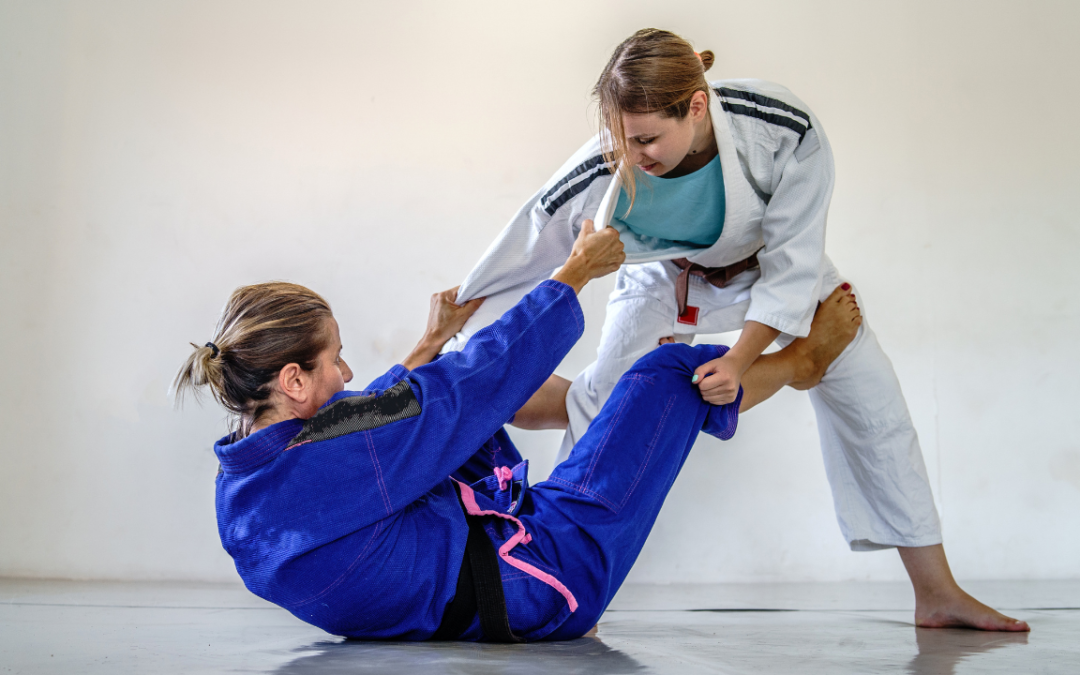The X-Guard is a potent and versatile guard position that has become a staple in the arsenals of top Brazilian Jiu Jitsu practitioners worldwide. As the popularity of Brazilian Jiu Jitsu classes continues to soar in Hutto, mastering the X-Guard is essential for practitioners seeking to take their game to the next level.
This formidable position offers a wealth of offensive opportunities, allowing you to disrupt your opponent’s base, sweep them, and attack with a variety of submissions. Whether you’re a seasoned grappler or a newcomer to the mats, the X-Guard is a technique that should be at the forefront of your training regimen.
The Origins of the X-Guard
The X-Guard was pioneered by the legendary Marcelo Garcia, a multiple-time world champion renowned for his exceptional guard game. Garcia’s innovative approach to the guard revolutionized the sport of Brazilian Jiu Jitsu, and his creation, the X-Guard, quickly became a staple in the arsenals of top-level grapplers worldwide.
This innovative position challenged the traditional concepts of guard play, offering a new level of offensive firepower and control over one’s opponent. Garcia’s brilliance in developing the X-Guard not only transformed his own competitive success but also paved the way for a new era of guard-based strategies in Brazilian Jiu Jitsu.
Today, the X-Guard stands as a testament to Garcia’s profound impact on the sport, and its mastery has become a hallmark of technical proficiency for practitioners of all levels, including those training in the vibrant Brazilian Jiu Jitsu classes in Hutto.
Establishing the X-Guard: Fundamentals
To effectively utilize the X-Guard, a solid understanding of its fundamental principles is essential. Proper execution of these fundamentals will lay the foundation for your offensive arsenal and ensure maximum control over your opponent.
Gripping Fundamentals
- Sleeve Grip: Establish a strong grip on your opponent’s sleeve with your near-side hand. This grip provides crucial control and prevents them from easily escaping.
- Pants Grip: With your far-side hand, secure a firm grip on the material of your opponent’s pants, ideally near their knee. This grip further enhances your control and stability.
- Maintaining a Strong Grip Connection: Consistently maintain a strong grip connection with both hands, ensuring your control is not compromised.
Body Positioning
- Angling Your Hips and Shoulders: Angle your hips and shoulders towards your opponent, creating a strong frame and making it difficult for them to posture up or establish a dominant position.
- Elevating Your Knees and Foot Placement: Keep your knees elevated and feet positioned on your opponent’s biceps. This placement enables you to apply constant pressure and disrupt their base.
Frames and Angles
- Utilizing Frames: Use your arms and legs to create strong frames, preventing your opponent from advancing their position and maintaining your control.
- Angling Your Body: Angle your body strategically to disrupt your opponent’s base and posture, making it challenging for them to establish a solid defensive position.
By mastering these fundamental principles, you’ll establish a solid foundation for offensive techniques from the X-Guard, ensuring maximum control and setting the stage for your attacks.
Offensive Techniques from the X-Guard
The true power of the X-Guard lies in its offensive capabilities. With proper positioning and control, you can unleash a wide array of sweeps, submissions, and transitional techniques that can overwhelm your opponent and lead to victory on the mats.
High-Percentage Sweeps
- Knee Cut Sweep: Utilize your knee as a wedge to disrupt your opponent’s base, creating an opening to sweep them to the mat.
- Scissor Sweep: Employ a scissor-like motion with your legs to unbalance your opponent and execute a powerful sweep.
- Windshield Wiper Sweep: A dynamic sweeping technique that uses your legs to sweep your opponent in a windshield wiper motion.
Submission Attacks
The X-Guard’s offensive potential extends beyond sweeps, offering a wealth of submission opportunities to exploit. With proper technique and positioning, you can attack your opponent’s limbs and secure a decisive victory.
- Straight Ankle Lock: By controlling your opponent’s ankle and applying precise pressure, you can execute a devastating straight ankle lock, forcing them to tap or risk injury.
- Heel Hook (if legal in your rule set): In rulesets that permit heel hooks, the X-Guard provides an excellent platform to attack your opponent’s knee and apply this potent submission.
- Arm Triangles: Capitalize on your opponent’s compromised posture by isolating their arm and trapping it with your legs, setting up a tight arm triangle choke.
Transitional Techniques
The X-Guard’s versatility extends beyond direct attacks, allowing you to seamlessly transition into other dominant positions and maintain offensive pressure.
- Transitioning to the Deep Half Guard: By adjusting your positioning, you can transition smoothly from the X-Guard to the deep half guard, opening up a new set of offensive opportunities.
- Attacking the Back: With skilled maneuvering, you can use the X-Guard as a platform to take your opponent’s back, putting you in prime position for back attacks and submissions.
Data Table: Submission Success Rates from the X-Guard
To illustrate the effectiveness of the X-Guard’s submission attacks, let’s examine the following data table showcasing submission success rates from high-level Brazilian Jiu Jitsu competitions over the past three years:
|
Submission Technique |
Submission Rate (%) |
|
Straight Ankle Lock |
28% |
|
Heel Hook |
19% |
|
Arm Triangle |
14% |
|
Omoplata |
9% |
|
Kimura |
7% |
This data underscores the potency of submissions like the straight ankle lock and heel hook when executed from the X-Guard position, making them essential techniques for practitioners to master.
Countering Common Defenses
As formidable as the X-Guard is, opponents will inevitably attempt to counter and disrupt your attacks. Anticipating and countering these defensive strategies is crucial for maintaining control and keeping the pressure on.
Posture Breaking
One common defense against the X-Guard is for your opponent to posture up, attempting to break your grips and frames. To counter this, you can:
- Utilize a strong cross-face with your free hand to disrupt their posture.
- Adjust your grip positioning to maintain control and prevent them from fully posturing.
- Transition to alternative guard positions if they successfully posture up.
Leg Weave Passes
Some opponents may try to weave their leg through your X-Guard, attempting to pass your guard. Counters to this include:
- Establishing a strong underhook to prevent the leg weave.
- Utilizing your free leg to frame and block their passing attempt.
- Transitioning to a deep half guard or attacking their leg if they commit to the pass.
Stacking and Pressure
More experienced opponents may try to stack (apply pressure) and flatten you out, nullifying your X-Guard offense. To counter this, you can:
- Utilize your frames to create space and prevent being flattened.
- Transition to alternative guards or sweeps to alleviate the pressure.
- Attack submissions like arm triangles or omoplatas if they overcommit to the stack.
By anticipating and properly countering these common defenses, you can maintain the integrity of your X-Guard and continue to pose a constant threat to your opponent.

Mastering the X-Guard in Hutto BJJ Classes
While the X-Guard is a potent tool, it requires dedicated practice and drilling to truly master. Fortunately, the vibrant Brazilian Jiu Jitsu scene in Hutto offers ample opportunities to hone your skills under the guidance of experienced instructors.
Several local gyms and academies in Hutto are known for their emphasis on guard-based systems and innovative techniques like the X-Guard. Attending these Brazilian Jiu Jitsu classes will provide you with the chance to drill the X-Guard extensively, receive personalized feedback, and learn from instructors who have mastered this position themselves.
As you progress in your X-Guard journey, you’ll not only develop a formidable offensive arsenal but also cultivate a deeper understanding of guard retention, control, and strategic decision-making – skills that will elevate your overall game on the mats.
Conclusion
The X-Guard is a game-changing position that has revolutionized the way Brazilian Jiu Jitsu is practiced and competed in. Its versatility, offensive potential, and ability to disrupt an opponent’s base make it an essential component of any well-rounded grappler’s toolkit.
Throughout this comprehensive guide, we’ve explored the origins of the X-Guard, delved into its fundamental principles, and examined a wide array of offensive techniques spanning sweeps, submissions, and transitional maneuvers. Additionally, we’ve addressed common defenses and provided strategies to counter them, ensuring that you can maintain control and keep the pressure on your opponent.
By mastering the X-Guard, you’ll unlock a new level of offensive firepower and control on the mats. Whether you’re a seasoned practitioner or just starting your Brazilian Jiu Jitsu journey in Hutto, dedicating time and effort to mastering this position will pay dividends in your overall skill development and competitive success.
Remember, the path to mastery is paved with consistent practice and a willingness to learn. Take advantage of the world-class Brazilian Jiu Jitsu classes offered in Hutto, where experienced instructors can guide you through the intricacies of the X-Guard and help you develop a well-rounded, formidable game.
Embrace the challenge, stay dedicated, and watch as the X-Guard becomes your ultimate weapon on the mats, propelling you to new heights in your Brazilian Jiu Jitsu journey.

Can You Use Brazilian Jiu Jitsu in a Real Fight? Answered By Jiu Jitsu School in Hutto
When can you use Brazilian Jiu Jitsu in a Real Fight? Does it even help in escaping hostile situations in one piece? Let’s see what a Jiu Jitsu school in Hutto has to say about that.

7 Differences Between Jujitsu & Brazilian Jiu Jitsu Classes in Hutto
Do not confuse Brazilian Jiu Jitsu with traditional Japanese Jiu Jitsu, there’s a clear distinction between the two. Read on to know it all.
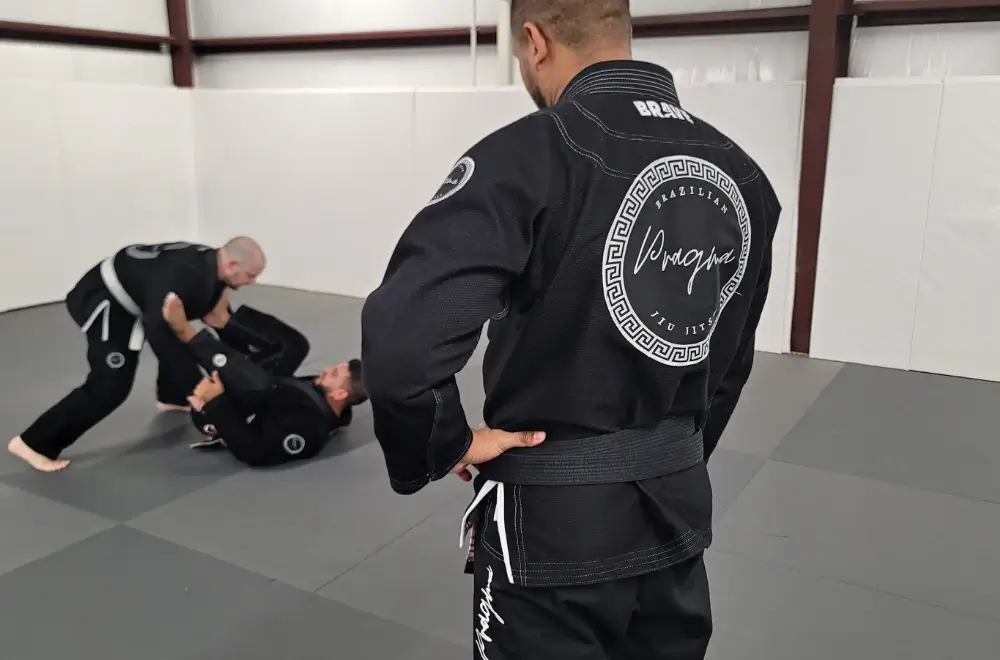
How Adult Jiu Jitsu Classes in Hutto Can Improve Your Mental Health
How Adult Jiu Jitsu Classes in Hutto Can Improve Your Mental Health In today's fast-paced world, maintaining good mental health has become increasingly challenging for adults. Stress, anxiety, and depression are common issues that many people face. However, an...

Unlock Your True Potential: A Guide to Adult Jiu Jitsu Classes in Hutto
In today's fast-paced world, many adults find themselves yearning for a sense of purpose, discipline, and personal growth. The constant demands of work, family, and social obligations can leave us feeling unfulfilled and stagnant. Fortunately, the ancient art of...
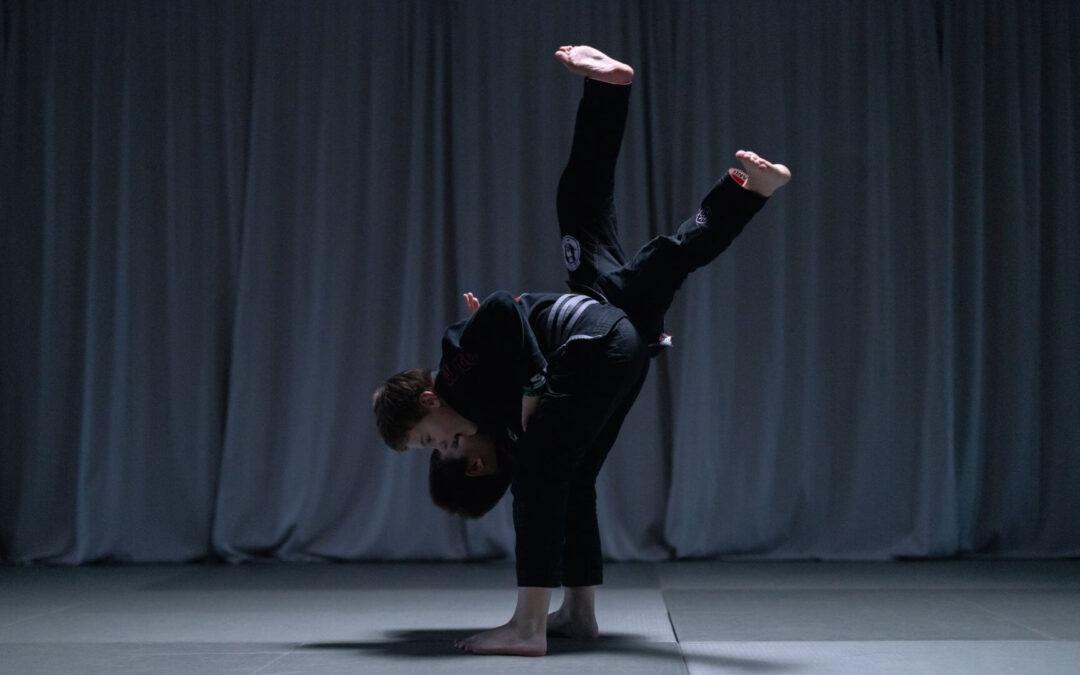
Why is It So Hard to Learn Brazilian Jiu Jitsu?
Unlock the challenges of BJJ with our guide on why learning Brazilian Jiu Jitsu can be tough and tips to sharpen your skills on the mat.

Is Jiu-Jitsu For Girls? – 9 Reasons That Say YES!
Explore why Jiu-Jitsu is perfect for girls with our top 9 reasons. Empowerment, fitness, and self-defense skills await in this dynamic martial art.
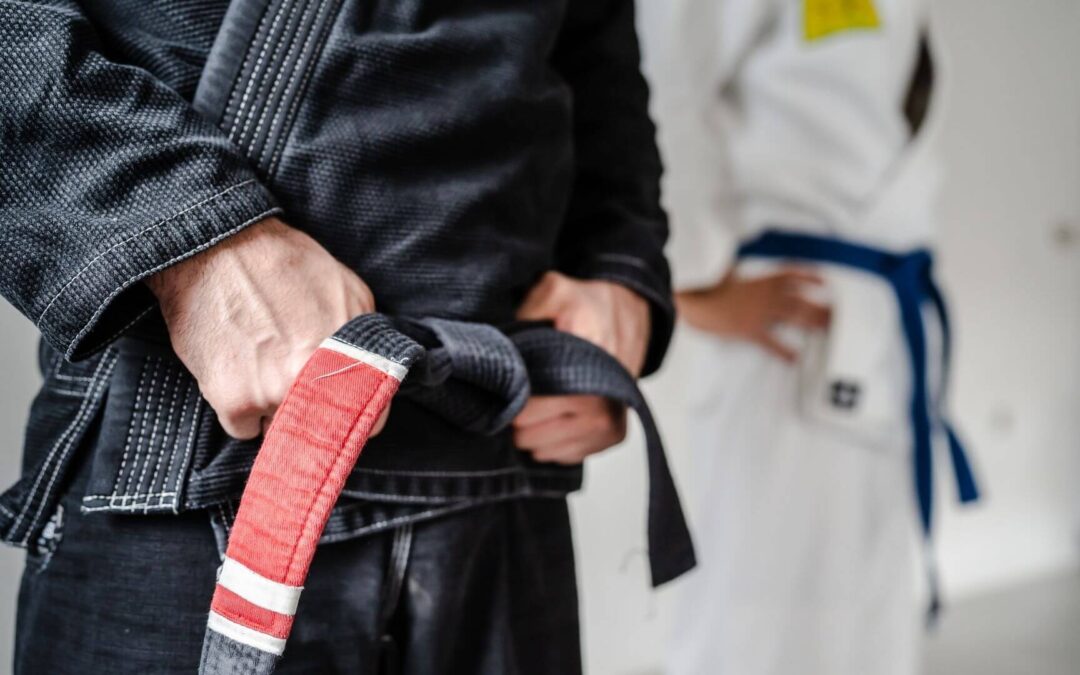
How Many Years Does It Take to Learn Brazillian Jiu-Jitsu in Hutto?
Here’s exactly how long it takes to learn BJJ and the skills you can expect to gain by at every milestone.

Can I Practice Muay Thai Alone Vs Muay Thai Classes in Hutto?
You can practice alone and many people do but going solo without any feedback or sparring partner is the right way? Let’s find out!
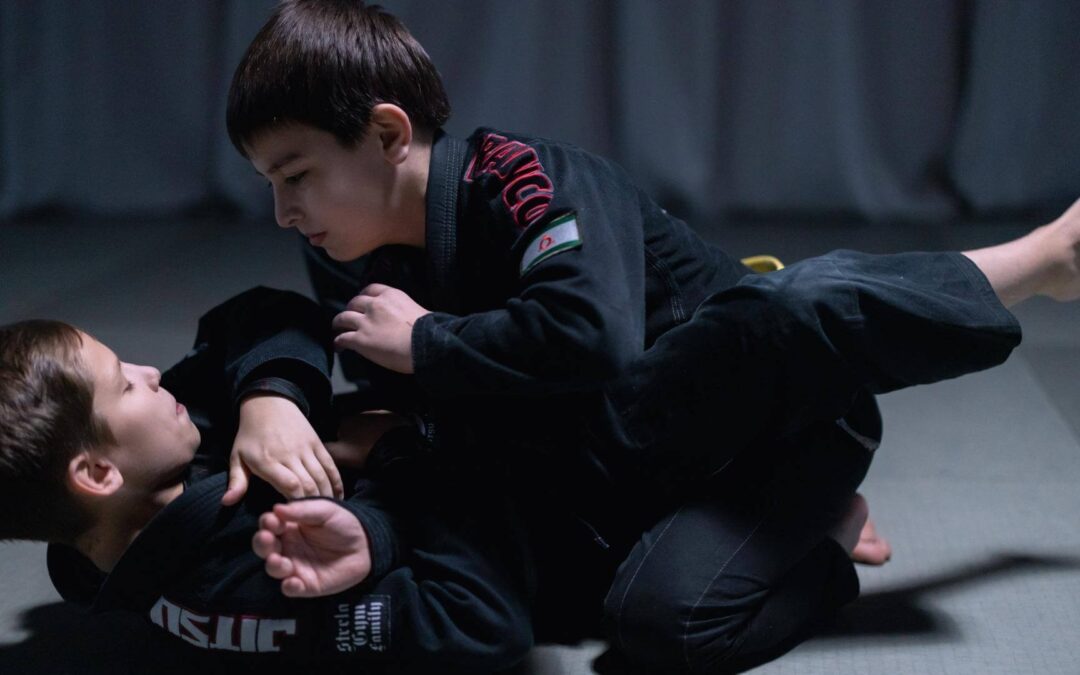
What Age to Start Kids Jiu Jitsu Classes in Hutto?
Every parent wants their kids to grow into strong and mature adults and helping them learn martial arts from an early age helps shape them into that kind of person.
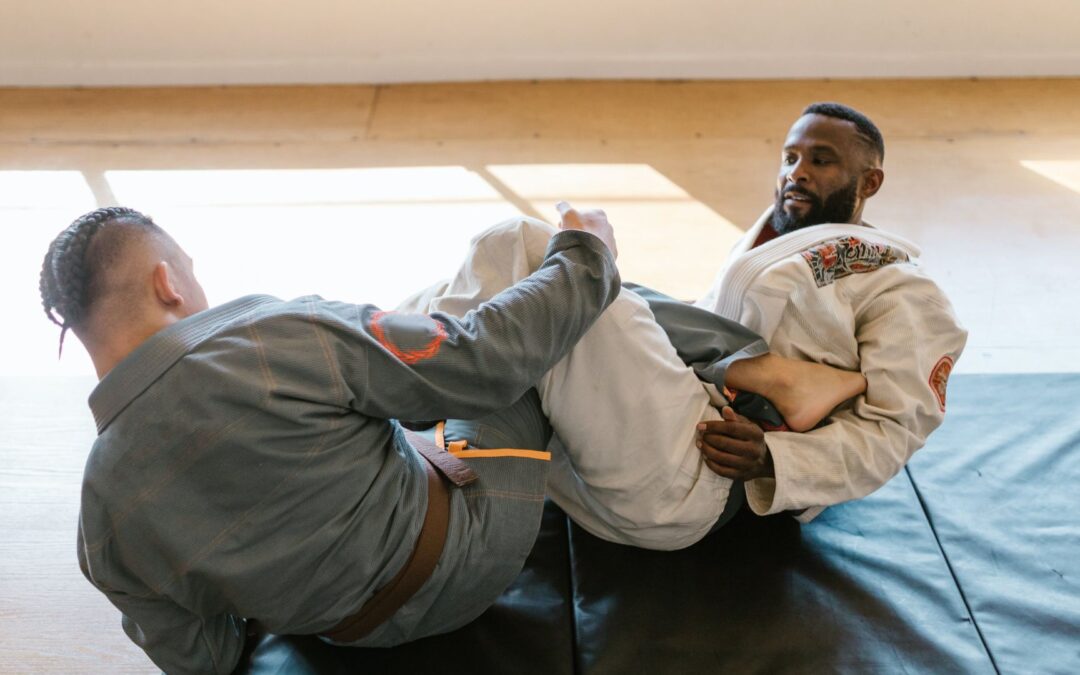
Am I Too Old to Get Adult Jiu Jitsu Classes in Hutto?
Age is only a mental barrier when it comes to learning something as fulfilling as Brazilian Jiu Jitsu. Anyone at any age can benefit from BJJ.

